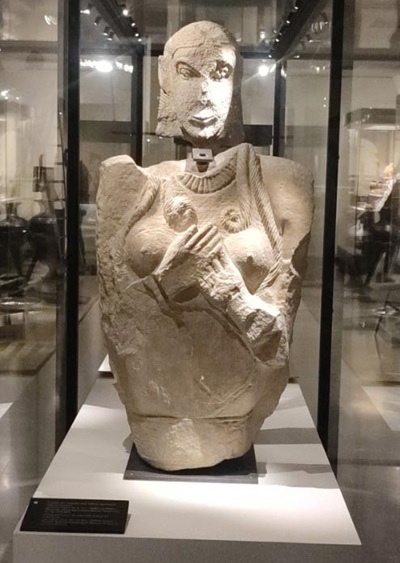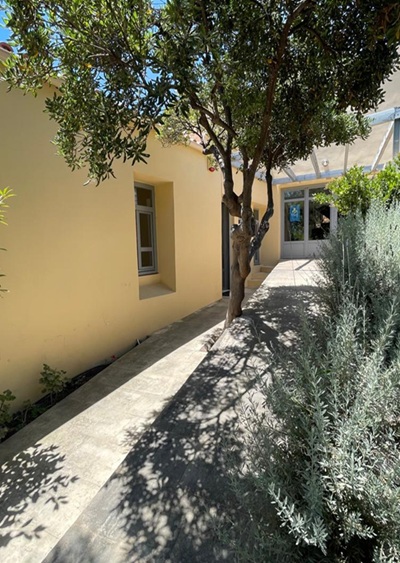
The study for the construction of the Museum, in order to house the most important archaeological wealth of the city of Rethymnon and the wider region is already being prepared under a Cultural Development Programme Agreement, signed between the Ministry of Culture, the Region of Crete and the Municipality of Rethymnon. Already, the first phase of the museological study of the New Archaeological Museum in Rethymno has received the positive opinion of the Museum Council of the Ministry of Culture.
As the Minister of Culture Lina Mendoni stated, “The establishment and operation of the New Archaeological Museum is the long-standing demand of the local community, but also of the Rethymnon Ephorate of Antiquities. Rethymnon is the only capital of the Regional Units of Crete, which does not have a modern Archaeological Museum. Our aim is to showcase the great and important archaeological wealth of the Regional Unit of Rethymnon, which will connect, in their true dimension, the past with the future of the place. The new Museum, due to its location in a privileged part of the city, will upgrade the urban fabric of Rethymnon, while at the same time it will become an ark of knowledge and education, but also a development tool for the city and the wider region. With the approval of the first phase of the museological study, along with the preparation of the necessary studies for the construction of the building, the procedures for the promotion of the project for the construction of the new Museum are proceeding. The temporary exhibition in St. Francis is a solution of necessity when the operation of the old city museum was interrupted. I thank the Regional Governor of Crete Stavros Arnaoutakis and the Mayor of Rethymnon George Marinakis for their excellent cooperation. We share the same vision: To give Rethymnon a museum worthy of its history.”

Model of a “small house”. Palace centre of Monastiraki, 1900-1700 BC.
The New Archaeological Museum of Rethymnon is to be built on an area of 5.912,14 sq.m., in a central point, in the western coastal part of the city of Rethymnon, part of the public estate “Camp Koundourakis”. The land was granted in 2010 by the Municipality of Rethymnon to the Ministry of Culture. The building program and the preliminary museum study had already been approved by relevant decisions in 2011 and 2013, respectively. In 2017, the amendment of the Municipality’s urban plan was completed, in which the Museum’s construction site and the building conditions and restrictions in the area were defined. At the end of 2021, the funding for the design of the New Archaeological Museum of Rethymnon was included in the Regional Operational Programme “Crete 2014-2020” and an international competition was held for the architectural design.
According to the building plan, the spaces in the New Archaeological Museum are divided into exhibition spaces of 1,300 m², education spaces and an amphitheatre, 180 m² in total, maintenance workshops of 410 m², warehouses of 1,500 m², administration offices, technical facilities and public service areas. The total area of the museum is 4,200 m2.

Statue of Faustina. Ancient Lappa. 2nd century AD.
The present phase of the museological study includes the organization of the permanent exhibition in seven exhibition “areas – hives” with an indicative list of exhibits:
– Area A – The Chronicle of a State or the City as a Cultural Asset
– Area B – The Place as a Cultural Landscape (Glimpses of Space and Time)
– Area C – Man creates
– Area D – Man in search of spirituality
– Area E – The past as gaming and communication
– Area F – The past as a resource
– Area G – Stories in flow
Regarding the interpretative context of the exhibits, the proposal for the Museum’s exhibition includes, apart from visual media and models, a series of digital media that highlight the importance of the city’s palimpsest as a monumental whole.







Leave A Comment